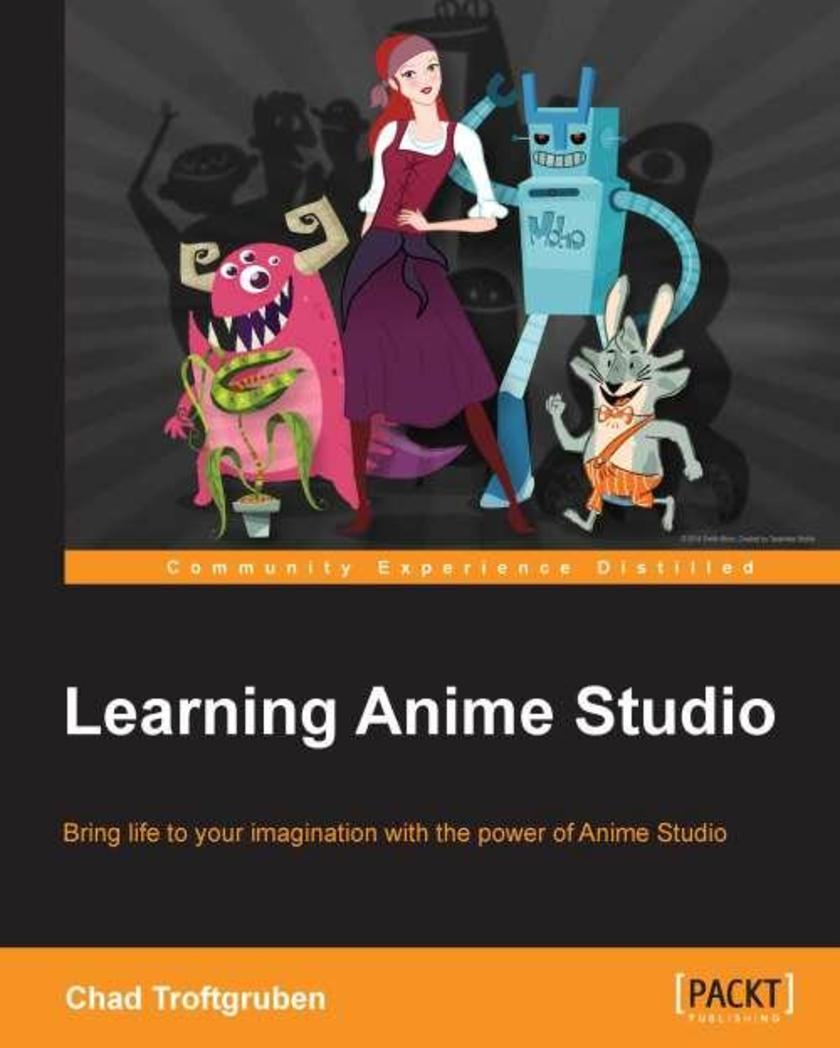
Learning Anime Studio
¥80.65
Written in an easy to follow manner with practical exercises, this book takes you through every aspect of Anime Studio, guiding you to create your own original cartoon. Learning Anime Studio is for newcomers to Anime Studio or animation in general. Hobbyists and newcomers with ambitions of being an animator will get the most out of this book. However, intermediate and long time users will be able to use various chapters as a reference to some of Anime Studio’s tools and features. The book also serves as a guide for the new enhancements introduced in Anime Studio Pro 10.
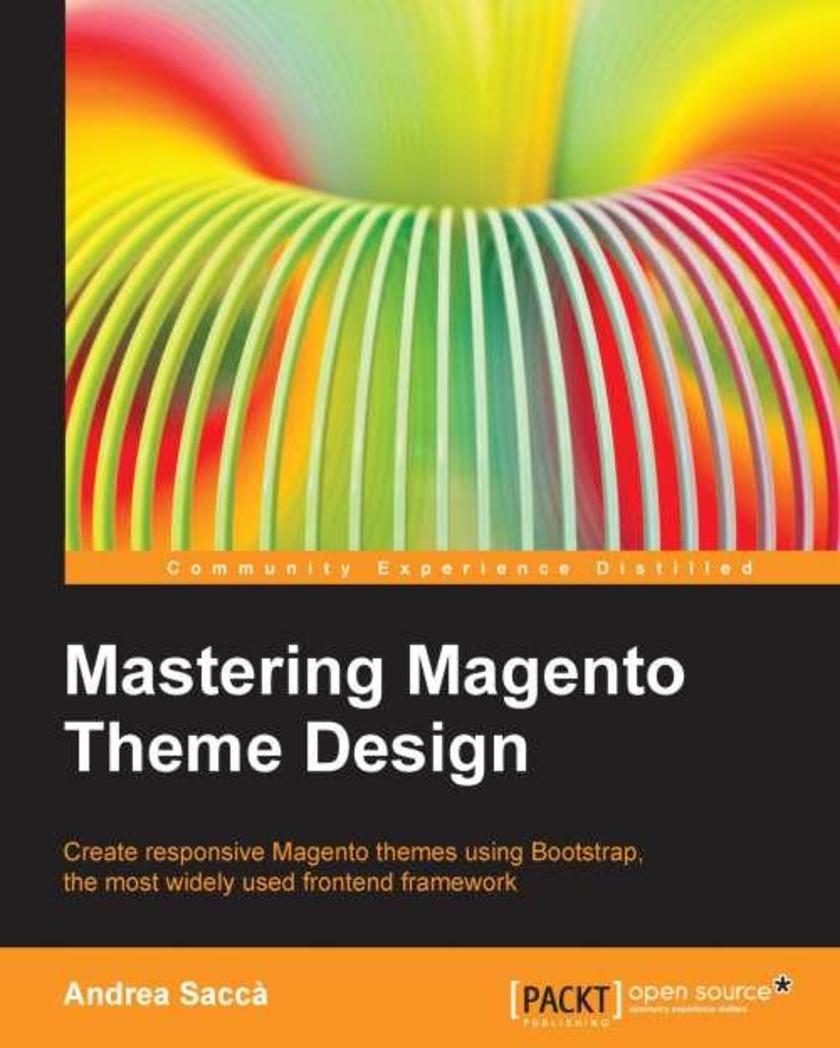
Mastering Magento Theme Design
¥99.18
Written in a stepbystep, tutorial style with a lot of code snippets and handson examples to create an advanced Magento theme from scratch, this book is tailormade for web designers and developers. This book is great for developers and web designers who are looking to get a good grounding in how to create custom, responsive, and advanced Magento themes. Readers must have some experience with HTML, PHP, CSS, and Magento theme design. This book will be useful for anybody who already has knowledge of the Magento frontend structure.
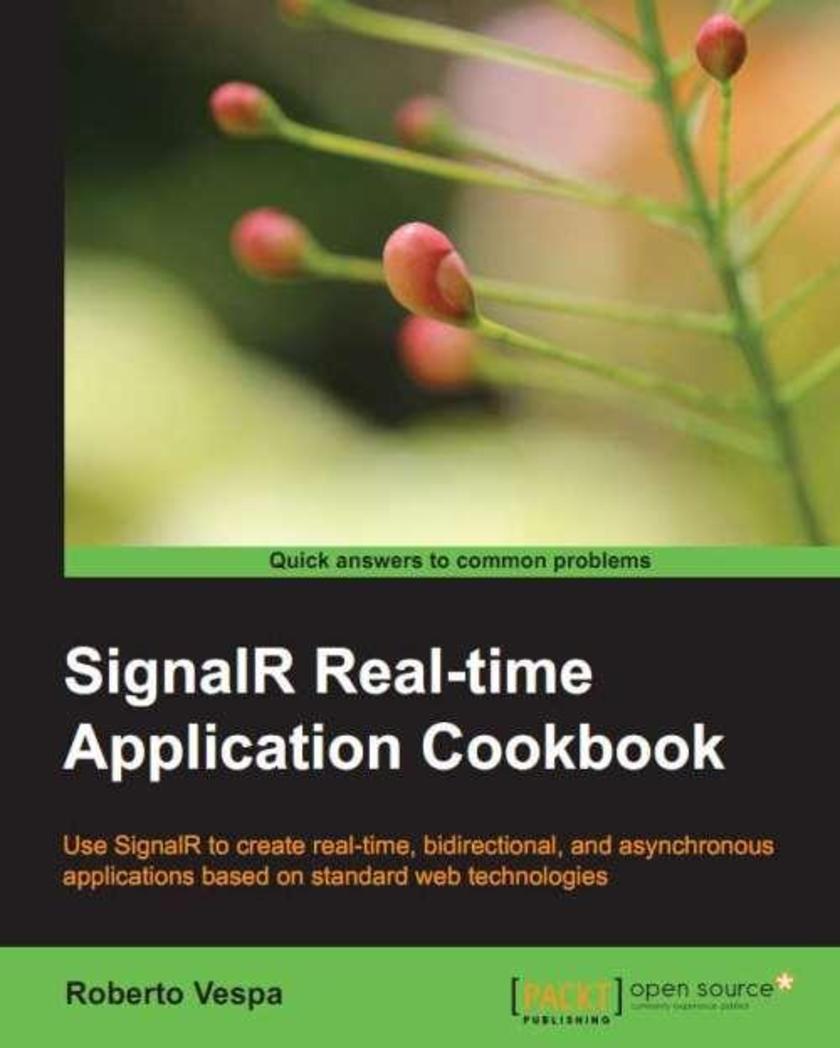
SignalR Real-time Application Cookbook
¥90.46
This book contains illustrated code examples to help you create realtime, asynchronous, and bidirectional clientserver applications. Each recipe will concentrate on one specific aspect of application development with SignalR showing you how that aspect can be used proficiently. Different levels of developers will find this book useful. Beginners will be able to learn all the fundamental concepts of SignalR, quickly becoming productive in a difficult arena. Experienced programmers will find in this book a handy and useful collection of readymade solutions to common use cases, which they will be able to enhance as needed. Developers can also use the book as a quick reference to the most important SignalR features. No previous practical experience either with SignalR or with realtime communication in general is required.
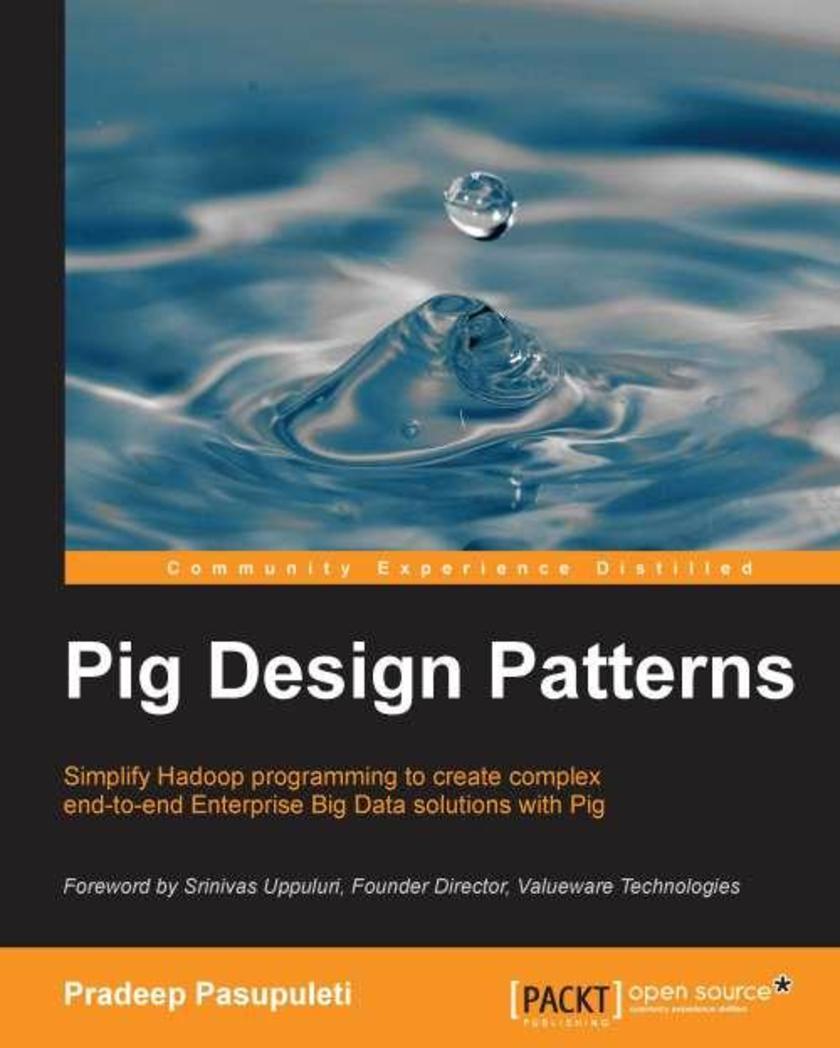
Pig Design Patterns
¥99.18
A comprehensive practical guide that walks you through the multiple stages of data management in enterprise and gives you numerous design patterns with appropriate code examples to solve frequent problems in each of these stages. The chapters are organized to mimick the sequential data flow evidenced in Analytics platforms, but they can also be read independently to solve a particular group of problems in the Big Data life cycle. If you are an experienced developer who is already familiar with Pig and is looking for a use case standpoint where they can relate to the problems of data ingestion, profiling, cleansing, transforming, and egressing data encountered in the enterprises. Knowledge of Hadoop and Pig is necessary for readers to grasp the intricacies of Pig design patterns better.
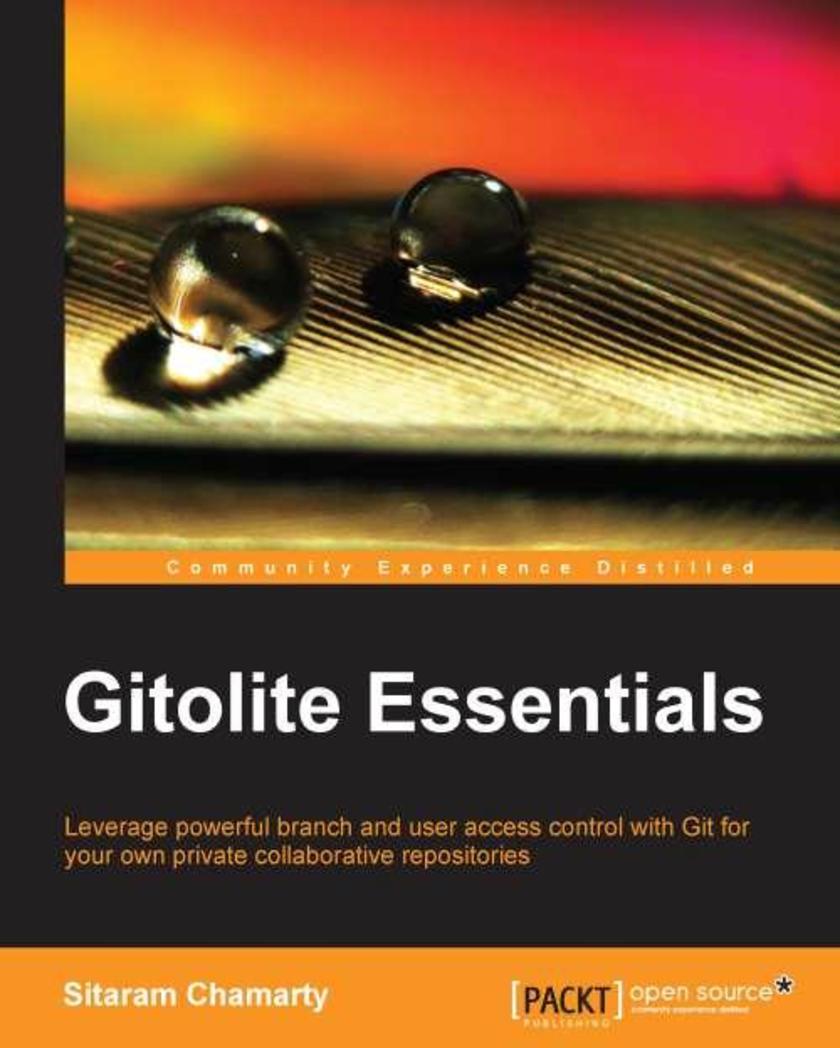
Gitolite Essentials
¥54.49
The book is written to suit an easyreading style, using typical problems in access control to illustrate the need for each Gitolite feature explained. This book is for system administrators or development managers who need to keep a lid on Gitbased development workflows. Basic knowledge of Git as well as of the Unix shell is helpful.
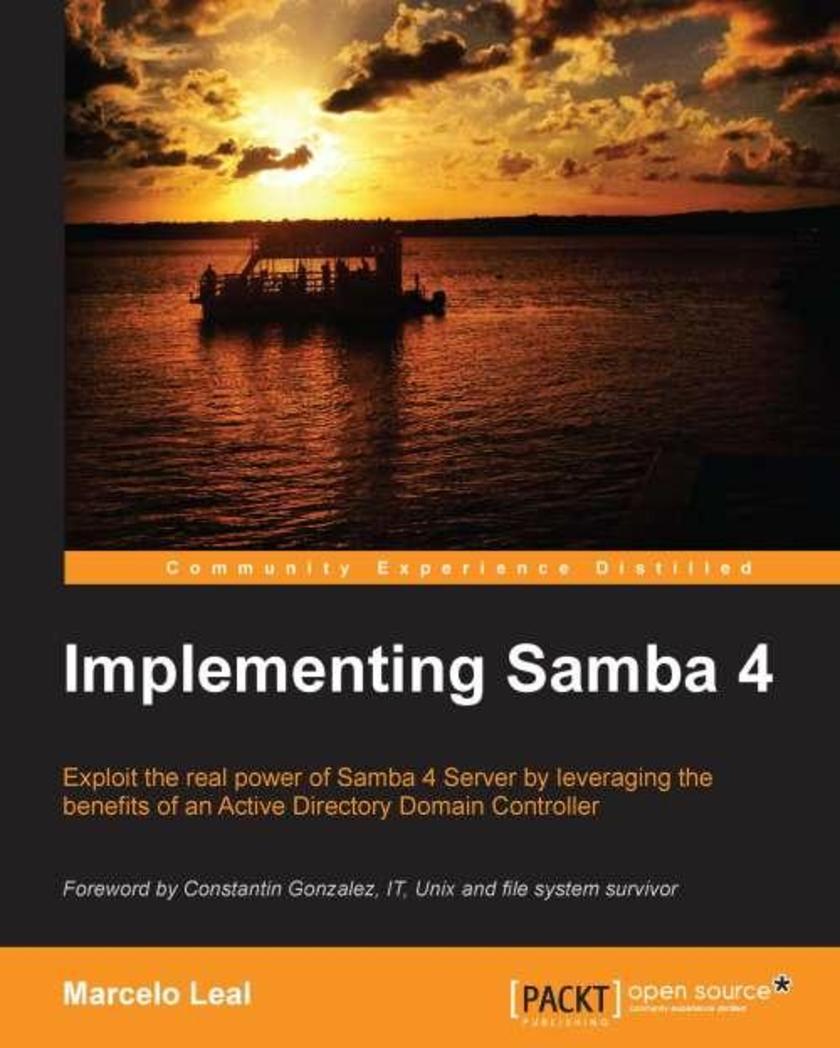
Implementing Samba 4
¥90.46
This book is an implementation tutorial covering stepbystep procedures, examples, and sample code, and has a practical approach to set up a Samba 4 Server as an Active Directory Domain Controller and also set up different Samba 4 server roles. This book is ideal for system administrators who are new to the Samba 4 software, and who are looking to get a good grounding in how to use Samba 4 to implement Active Directory Services. It's assumed that you will have some experience with general system administration, Active Directory, and GNU/Linux systems. Readers are expected to have some test machines (virtual machines), which will be used to execute the examples within this book.

Getting Started with BizTalk Services
¥54.49
A practical book that acts as a clear and concise introduction to BizTalk Services. Full of realworld scenarios, each area of BizTalk Services is explained in detail, essentially enabling you to smoothly design your own integration solutions with minimal effort. This book is intended for those who want to understand BizTalk Services, what it can do, and how to build integration solutions using it in their organizations. If you are a developer, architect, or project manager, this book will quickly get you acquainted with this powerful cloud integration technology. It would be helpful to have some experience with BizTalk Server; however, this is neither required nor assumed. It is recommended to have a sub*ion with Windows Azure to try out the examples in the book.
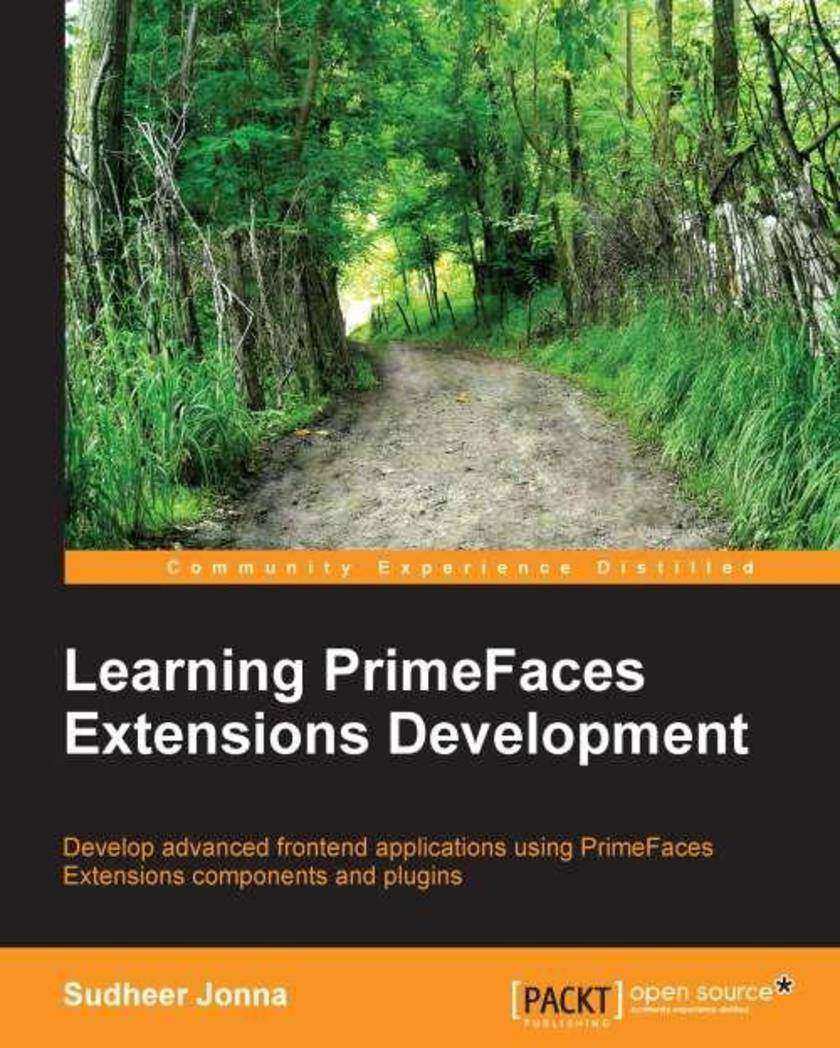
Learning Primefaces' Extensions Development
¥71.93
This book provides a step by step approach that explains the most important extension components and their features. All the major features are explained by using the JobHub application with supporting screenshots. If you are an intermediate to advanced level user (or developer) who already has a basic working knowledge of PrimeFaces, then this book is for you. The only thing you need to know is Java Server Faces(JSF).
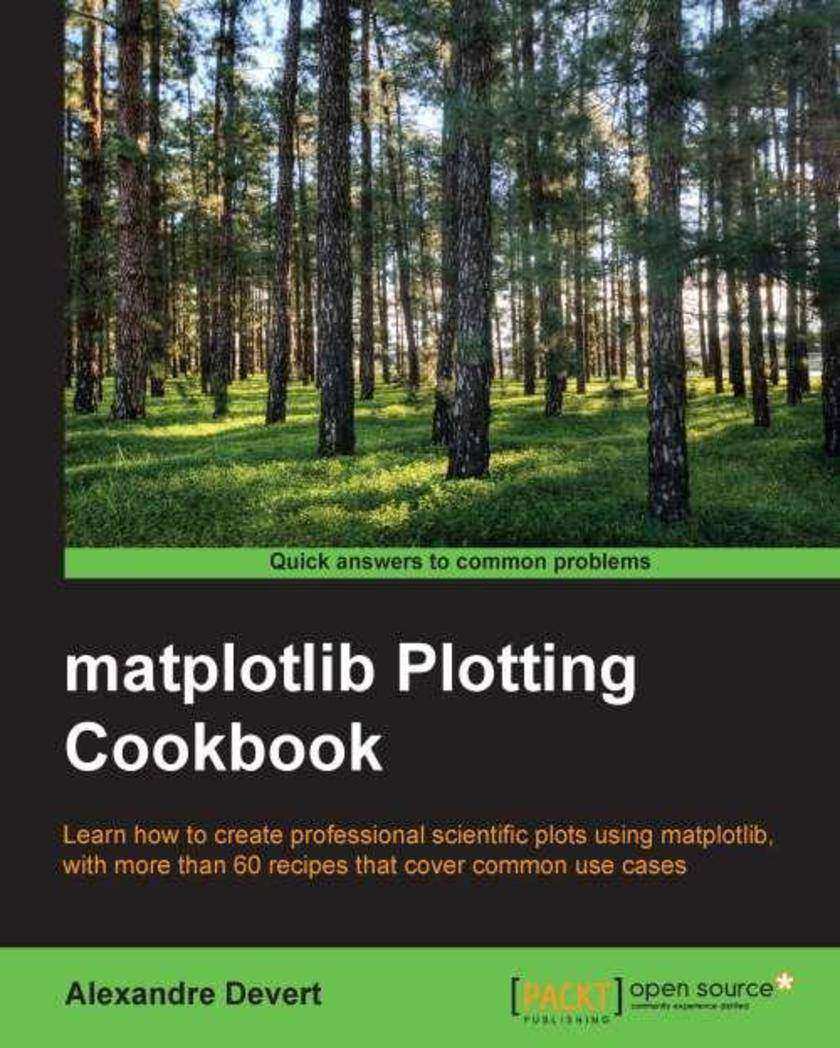
Matplotlib Plotting Cookbook
¥80.65
This book follows a cookbook style approach that puts orthogonal and nonredundant recipes in your hands. Rather than rehashing the user manual, the explanations expose the underlying logic behind Matplotlib. If you are an engineer or scientist who wants to create great visualizations with Python, rather than yet another specialized language, this is the book for you. While there are several very competent plotting packages, Matplotlib is “just” a Python module. Thus, if you know some Python already, you will feel at home from the first steps on. In case you are an application writer, you won't be left out since the integration of Matplolib is covered.
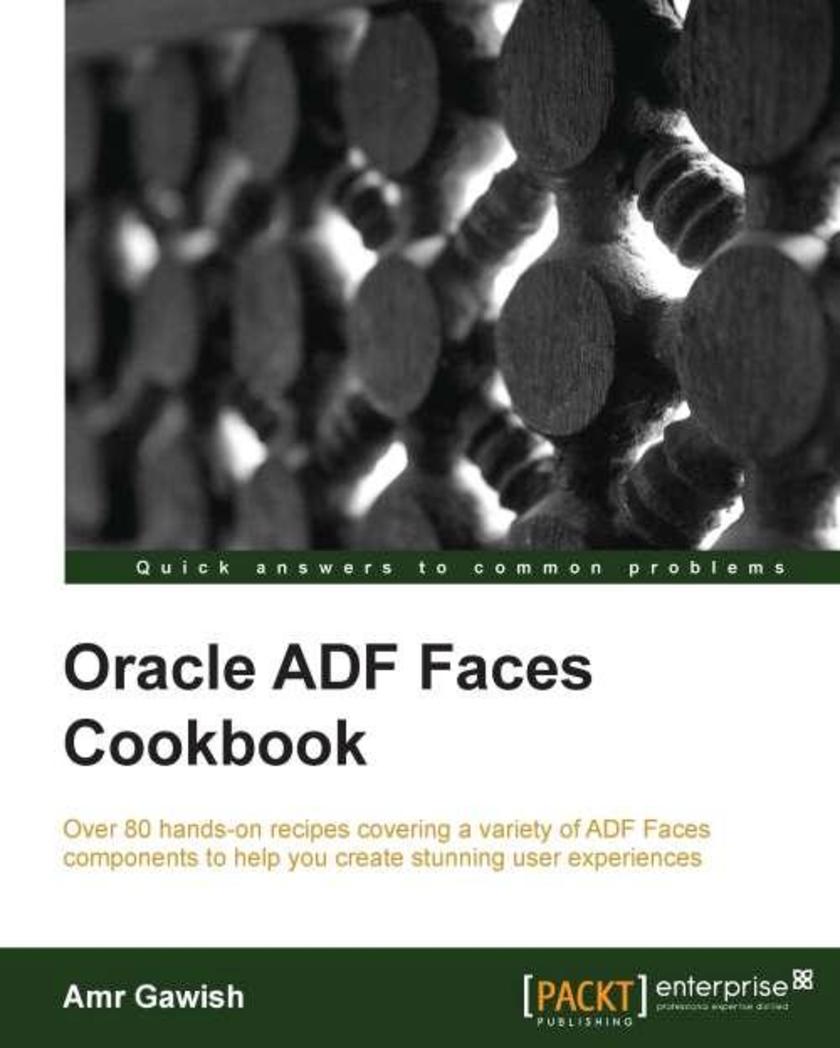
Oracle ADF Faces Cookbook
¥90.46
This is a cookbook that covers more than 80 different recipes to teach you about different aspects of Oracle ADF Faces. It follows a practical approach and covers how to build your components for reuse in different applications. This book will also help you in tuning the performance of your ADF Faces application. If you are an ADF developer who wants to harness the power of Oracle ADF Faces to create exceptional user interfaces and reactive applications, this book will provide you with the recipes needed to do just that. You will not need to be familiar with Oracle ADF Faces, but you should be comfortable with Java application development, Java EE frameworks, and JSF. This book is also for ADF developers who know how to use Oracle ADF Faces but who want to know what’s new in Oracle ADF Faces 12c.
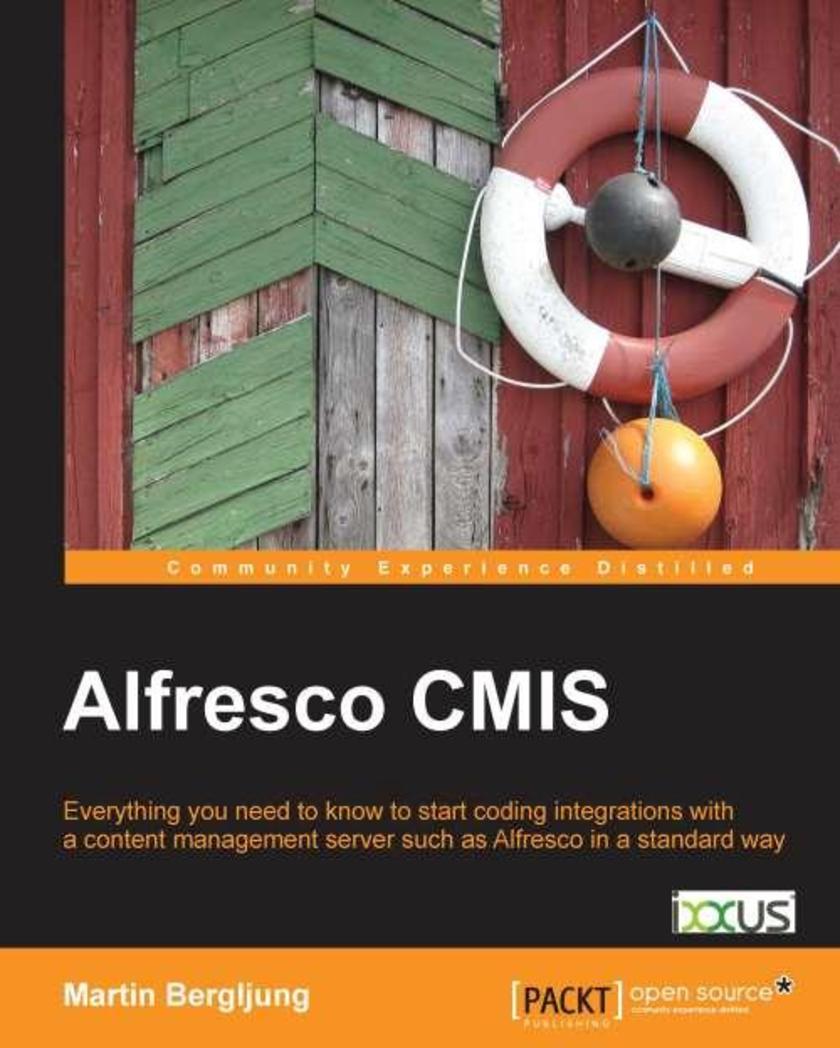
Alfresco CMIS
¥59.94
The book will show readers how to use Alfresco’’s implementation of CMIS through a tutorialbased approach. It also has plenty of examples to help illustrate the concepts that you will learn. If you are a developer who wants to learn how to build applications that talk to content management servers in a standard way using CMIS, this book is ideal for you. It will be helpful if you have a bit of programming experience, although it is not necessary.
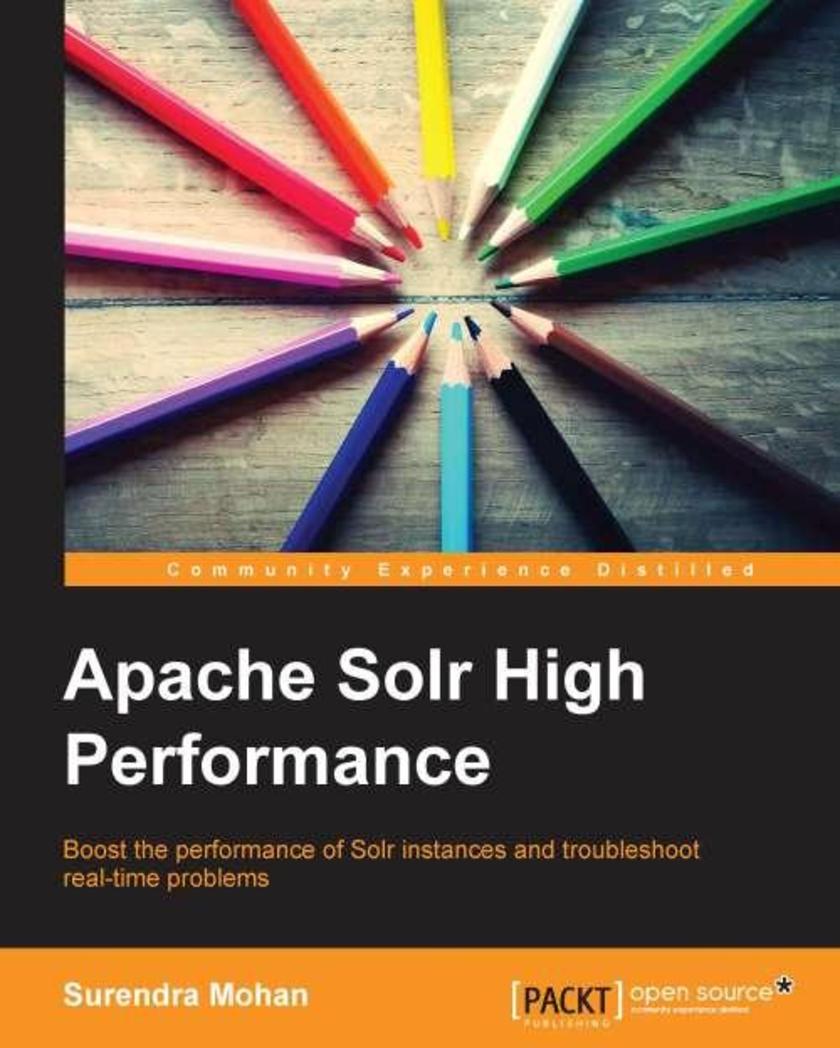
Apache Solr High Performance
¥63.21
This book is an easytofollow guide, full of handson, realworld examples. Each topic is explained and demonstrated in a specific and userfriendly flow, from search optimization using Solr to Deployment of Zookeeper applications. This book is ideal for Apache Solr developers and want to learn different techniques to optimize Solr performance with utmost efficiency, along with effectively troubleshooting the problems that usually occur while trying to boost performance. Familiarity with search servers and database querying is expected.
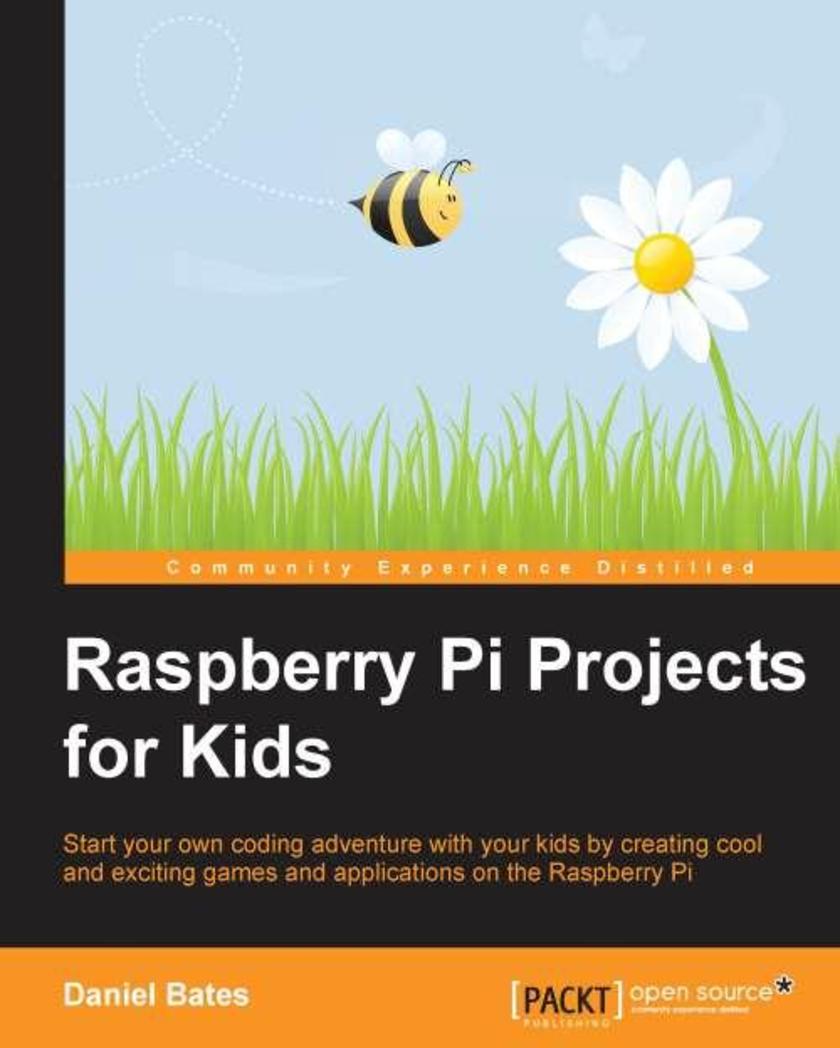
Raspberry Pi Projects for Kids
¥43.59
This tutorial contains allimportant information about how to use your Raspberry Pi to develop any application you like. It is broken down into several actionpacked projects, each containing easytofollow steps, just to show you how easy and fun computer programming can be! If you are someone with a big imagination and would like to dive straight into the realm of technology and computers, then this is the book for you. With only a Raspberry Pi and no prior experience required, you will be shown how to translate your ideas into computer programs, creating any game, tool, or animation you can dream of.
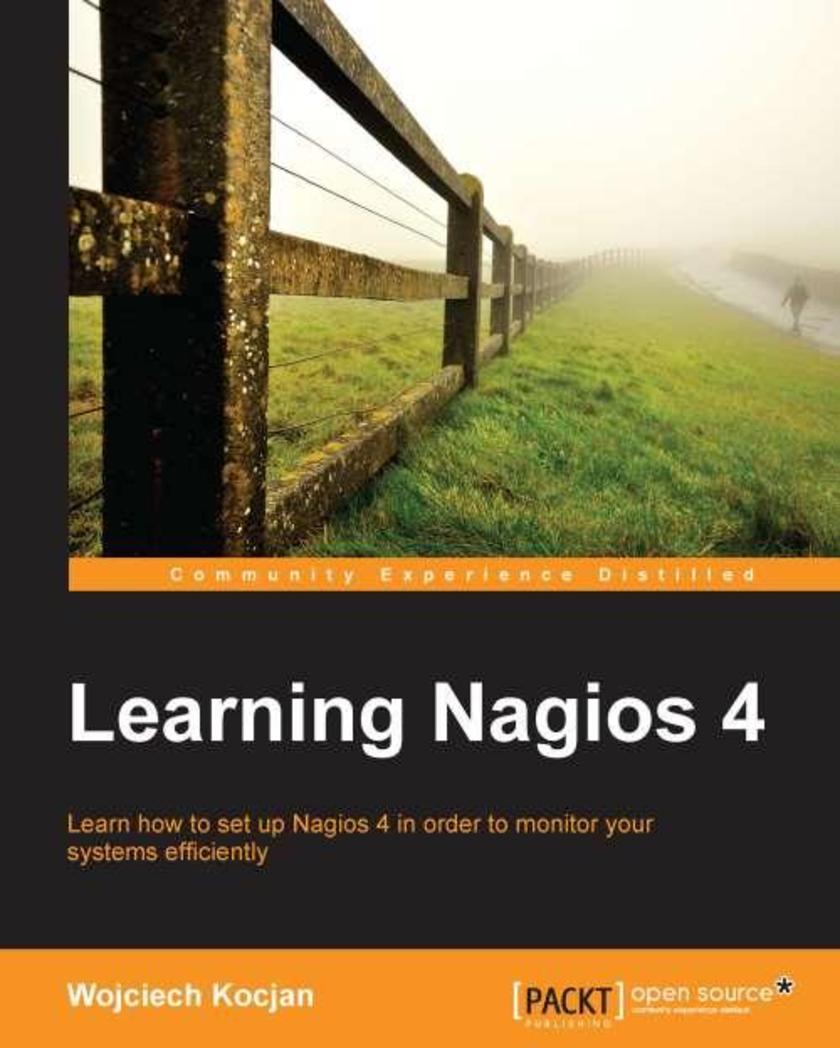
Learning Nagios 4
¥80.65
This book will introduce Nagios to readers who are interested in monitoring their systems. All the concepts in the book are explained in a simplified manner, presented in an easytounderstand language with lots of tips, tricks, and illustrations. This book is great for system administrators interested in using Nagios to monitor their systems. It will also help professionals who have already worked with earlier versions of Nagios to understand the new features of Nagios 4 and provides usable solutions to reallife problems related to Nagios administration. To effectively use this book, system administration knowledge is required. If you want to create your own plugins, knowledge of *ing languages like Perl, shell and Python is expected.
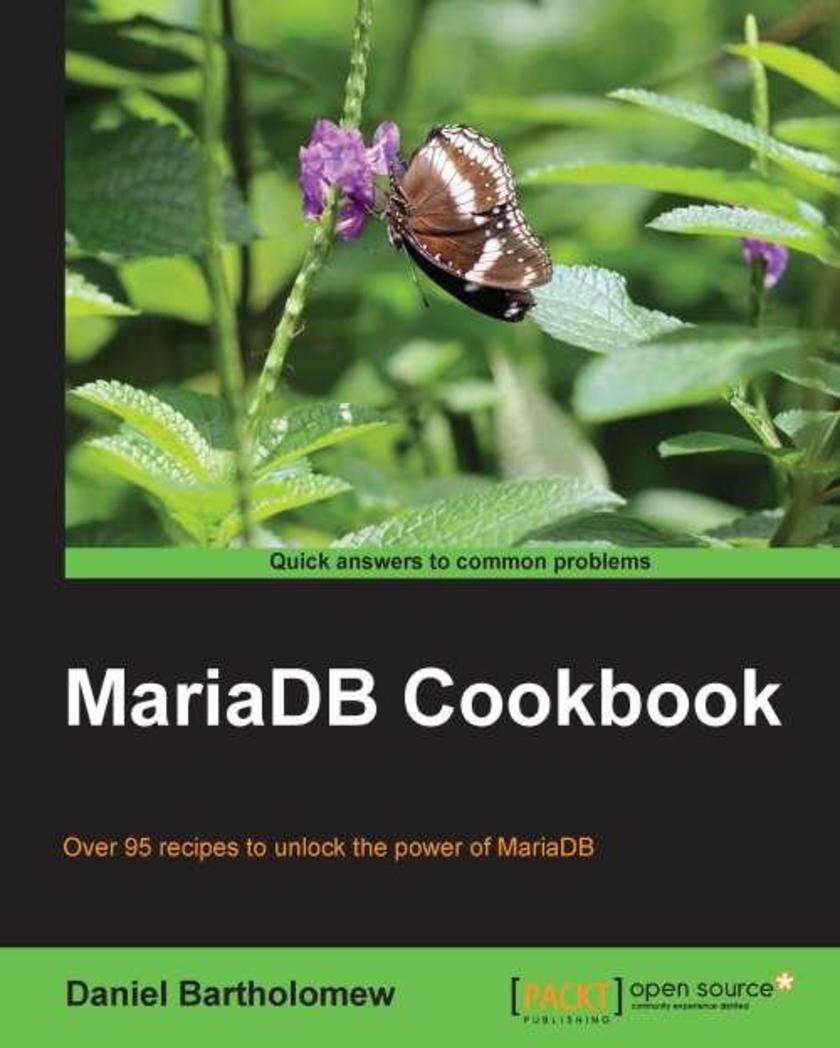
MariaDB Cookbook
¥90.46
A practical cookbook, filled with advanced recipes , and plenty of code and commands used for illustration,which will make your learning curve easy and quick. This book is for anyone who wants to learn more about databases in general or MariaDB in particular. Some familiarity with SQL databases is assumed, but the recipes are approachable to almost anyone with basic database skills.
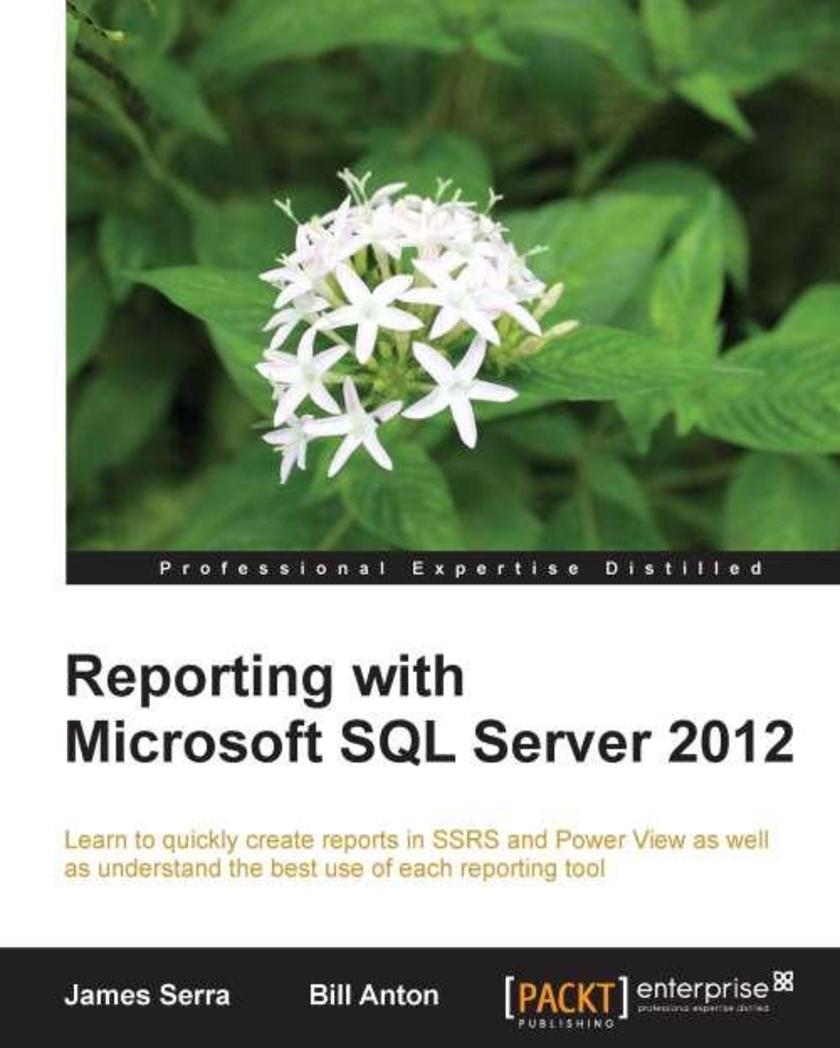
Reporting with Microsoft SQL Server 2012
¥63.21
This is a stepbystep tutorial that deals with Microsoft Server 2012 reporting tools:SSRS and Power View. If you are a BI developer, consultant, or architect who wishes to learn how to use SSRS and Power View, and want to understand the best use for each tool, then this book will get you up and running quickly. No prior experience is required with either tool!
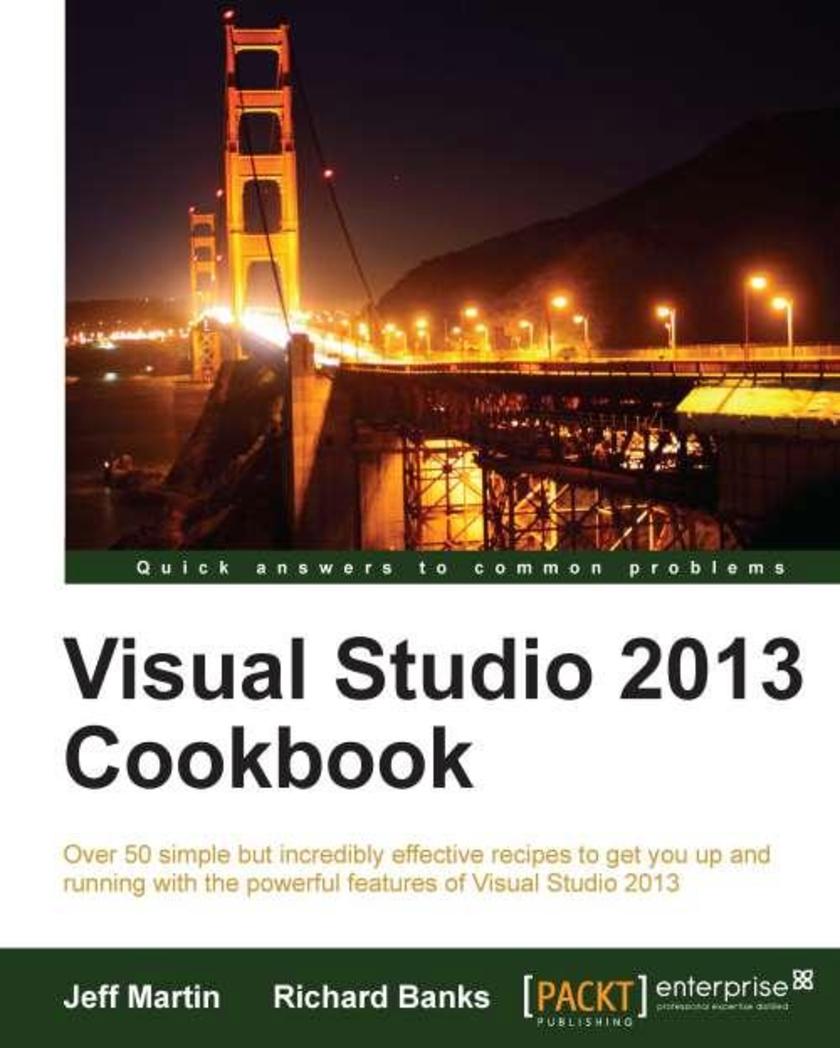
Visual Studio 2013 Cookbook
¥80.65
This book is a practical guide to using Visual Studio 2013 that will help you become familiar with the improvements made over previous versions. Each recipe provides a handson approach to the new features with stepbystep instructions on how to increase your productivity. If you are a developer excited about the new features introduced in Visual Studio 2013, then no matter what your programming language of choice is, Visual Studio 2013 Cookbook is for you. You should have a good knowledge of working with previous versions of Visual Studio to enjoy the recipes in this book. This book provides practical examples to help you use Visual Studio 2013 more effectively.
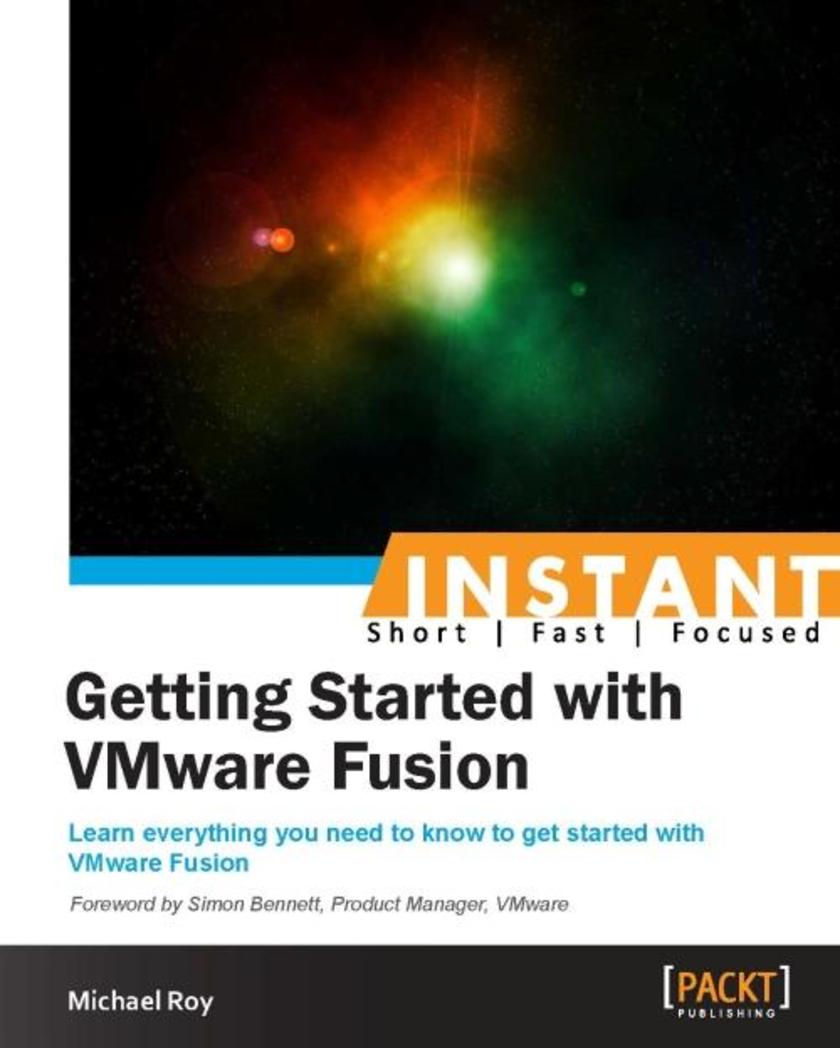
Getting Started with VMware Fusion
¥50.13
This book is a handson, practical guide that will help readers to understand the various capabilities of VMware Fusion with the help of realworld examples. This book is a must for every Mac user out there who is in the process of transitioning from Windows to OS X. Whether you’re new to Fusion or you’ve been using it for years, there’s something new for everyone to learn.
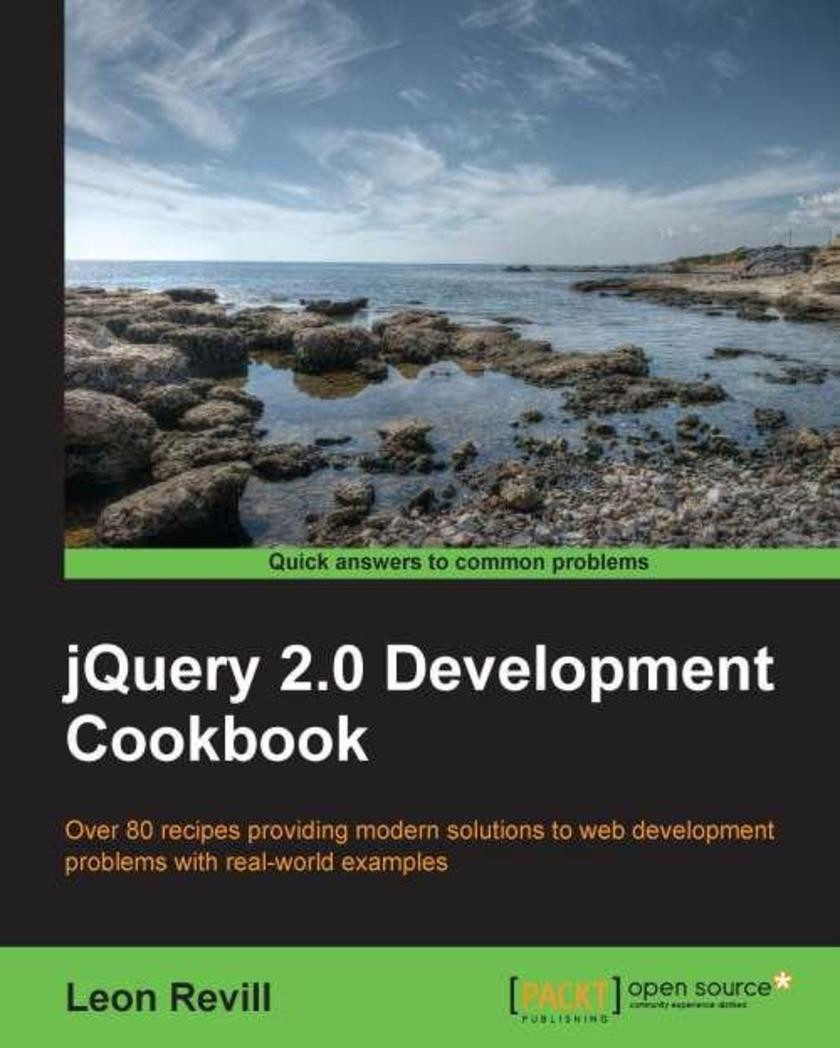
JQuery 2.0 Development Cookbook
¥80.65
Taking a recipebased approach, this book presents numerous practical examples that you can use directly in your applications. The book covers the essential issues you will face while developing your web applications and gives you solutions to them. The recipes in this book are written in a manner that rapidly takes you from beginner to expert level. This book is for web developers of all skill levels. Although some knowledge of JavaScript, HTML, and CSS is required, this Cookbook will teach jQuery newcomers all the basics required to move on to the more complex examples of this book, which will benefit the more seasoned jQuery developer. If you want to learn how to create modern website features quickly, using best practice techniques, then this book is for you.
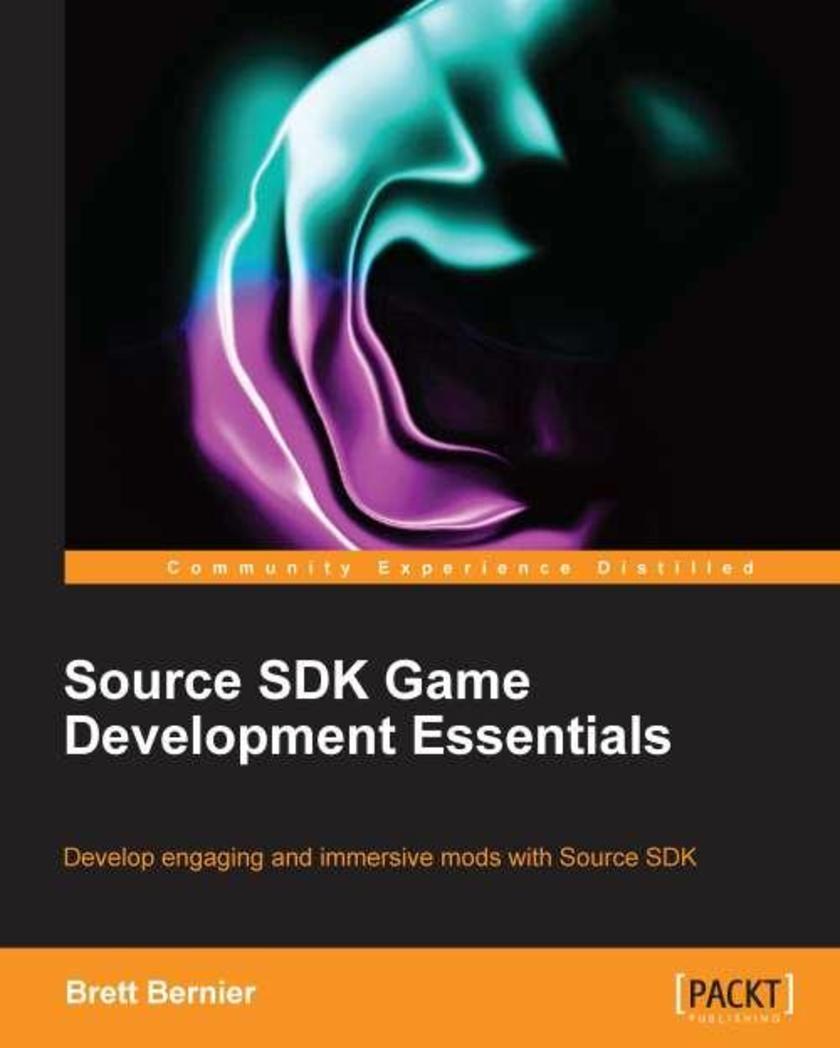
Source SDK Development Essentials
¥80.65
This book is written by a gamer, for a gamer to guide just about anything with Source SDK giving a firm grasp of all the tools it has to offer using stepbystep explanations. If you’re a keen gamer who wants a bit more out of your favorite game and create your own modifications (mods) and levels with the Source engine, this book is great for you. No programming and Source SDK experience is required.
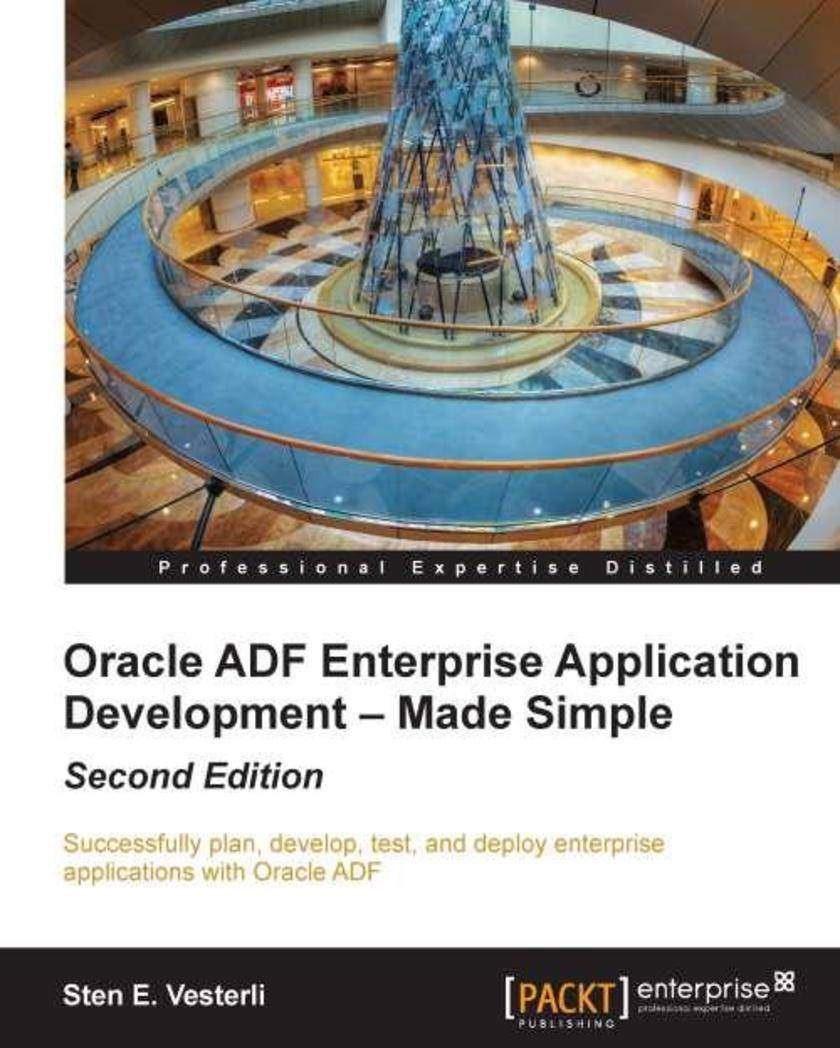
Oracle ADF Enterprise Application Development – Made Simple, Second Edition
¥99.18
This book is written in an easytounderstand style, following an enterprise development process through all the phases of development and deployment. Concepts are illustrated with realworld examples and the methods used are explained stepbystep. This book is for Oracle developers looking to start using Oracle’s latest development tool and J2EE developers looking for a more productive way to build modern web applications. This book will guide you through the creation of a successful enterprise application with Oracle ADF 12c, and therefore it assumes you have basic knowledge of Java, JDeveloper, and databases.




 购物车
购物车 个人中心
个人中心



